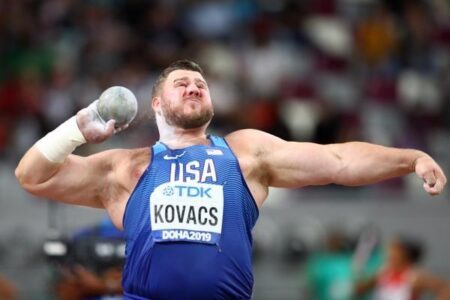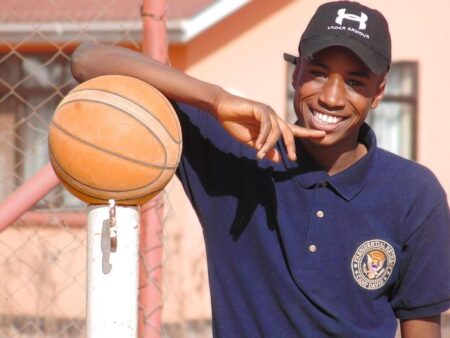A new systematic review and meta-analysis published on ResearchGate sheds light on the impact of complex training on key athletic abilities in soccer players. By examining multiple studies, the research evaluates how combined strength and power exercises influence sprinting speed, jumping performance, and change of direction capabilities-critical components for success on the soccer field. As the sport continues to demand higher levels of physical performance, this comprehensive analysis provides valuable insights for coaches, trainers, and athletes aiming to optimize training protocols and gain a competitive edge.
Effects of Complex Training on Sprint Performance Among Soccer Players
Recent evidence highlights that complex training, combining resistance and plyometric exercises within the same session, significantly enhances sprint performance in soccer athletes. This training modality leverages the post-activation potentiation effect, enabling players to generate greater force and velocity during sprinting phases. Moreover, consistent application of complex training protocols was found to improve acceleration and maximum sprint speed, critical components for competitive match scenarios where short bursts of explosive speed determine game outcomes.
The systematic review also identifies key factors that influence effectiveness, including training volume, intensity, and recovery intervals between exercises. Coaches adopting complex training should consider a balanced combination of strength and power drills tailored to individual player profiles. Below is a summary of observed sprint performance improvements across different study groups:
| Training Variable | Performance Metric | Average Improvement |
|---|---|---|
| Resistance Intensity 70-85% 1RM | 5-20m Sprint Time | 3.5% |
| Plyometric Volume 60-100 Jumps | Acceleration Phase | 4.2% |
| Rest Interval 4-6 min | Maximum Velocity | 3.8% |
- Key takeaway: Optimal rest intervals maximize performance potentiation.
- Player response: Individualization increases training effectiveness.
- Practical application: Integrate complex training into pre-season and in-season programs.
Jumping Ability Improvements Linked to Complex Training Protocols
Recent findings highlight that athletes engaging in complex training protocols exhibit substantial enhancements in their vertical and horizontal jump performance. This method combines heavy resistance exercises with plyometric movements within the same training session, promoting both neural and muscular adaptations. Such dual-stimulus training is believed to optimize the stretch-shortening cycle, resulting in explosive power gains critical for soccer players who rely on quick, powerful leaps during play.
Analysis across multiple studies reveals consistent improvements, characterized by increased jump height, faster ground contact times, and better force production. Key elements contributing to these outcomes include:
- Sequencing of strength and plyometric exercises
- Appropriate rest intervals between sets
- Individualized load management
Together, these factors culminate in enhanced muscle fiber recruitment and improved intermuscular coordination, making complex training a superior conditioning strategy for jump-related athletic performance.
| Training Variable | Reported Impact |
|---|---|
| Heavy Resistance Sets | ↑ Maximal strength |
| Plyometric Drills | ↑ Explosive power |
| Rest Intervals (2-4 min) | Optimal recovery & potentiation |
Optimizing Change of Direction Skills Through Targeted Complex Training Recommendations
Complex training protocols have been shown to significantly enhance athletes’ ability to change direction swiftly and efficiently. By combining high-load resistance exercises with plyometric movements within the same session, these protocols target both neuromuscular strength and explosive power-a dual approach vital for improving dynamic agility. Incorporating targeted drills such as lateral bounds, agility ladder drills, and resisted sprints not only builds muscular strength but also optimizes coordination and proprioception, critical components for rapid directional shifts on the field.
To maximize these benefits, coaches and athletes should focus on:
- Progressive Overload: Gradually increasing intensity ensures continuous adaptation and neuromuscular development.
- Sport-Specific Movements: Mimicking game-like scenarios during training enhances transferability to competition.
- Rest and Recovery: Adequate rest between complex training bouts mitigates fatigue, preserving movement quality.
- Balanced Volume: Managing training load to prevent overtraining while maintaining stimulus.
| Training Component | Recommended Focus | Session Example |
|---|---|---|
| Resistance Training | Lower body strength & power | Back squats + Romanian deadlifts |
| Plyometrics | Explosive lateral jumps | Bounding drills + depth jumps |
| Agility Drills | Rapid directional shifts | 5-10-5 shuttle runs + cone drills |
The Way Forward
In summary, the systematic review and meta-analysis featured on ResearchGate sheds compelling light on the efficacy of complex training in enhancing key performance metrics among soccer players. By meticulously analyzing data across multiple studies, the research confirms that integrating complex training protocols can significantly improve sprint speed, jumping ability, and change of direction skills-critical components for success on the field. As the sport continues to evolve with increasing physical demands, these findings offer valuable insights for coaches and athletes seeking evidence-based strategies to elevate performance. Continued exploration and application of such multifaceted training approaches may well redefine conditioning standards in soccer’s competitive landscape.





